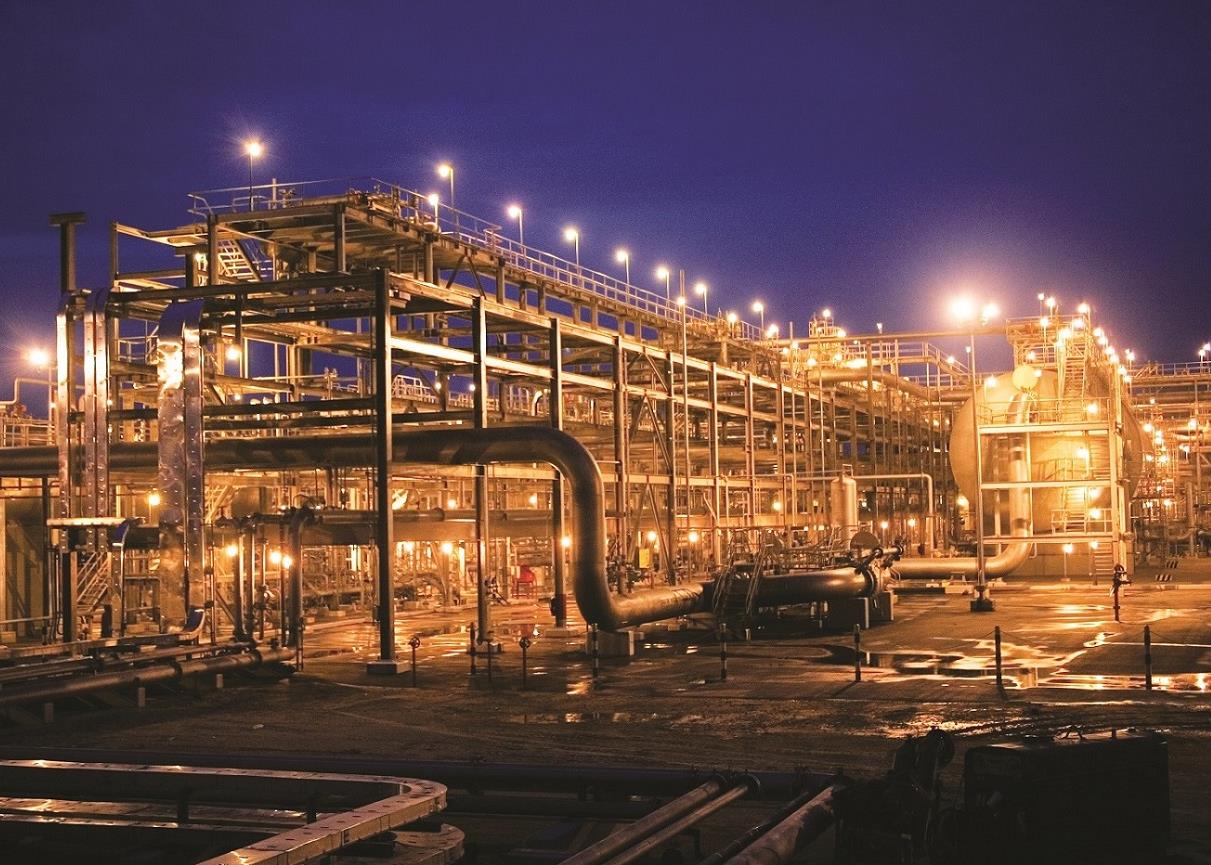

The Covid-19 pandemic has laid bare the necessity to adapt and evolve the way we do things. This is especially true in the way our healthcare facilities are conceived, designed, built and operated. In short, the pandemic has forced the architecture, engineering and construction (AEC) industry to rethink the way it does things.
The urgent need for new hospital spaces to meet rising demand created by the pandemic resulted in governments, health officials and the construction industry exploring new ways to find solutions. This is where the convergence of technologies with industries and multidisciplinary teams blending together has really come to the fore.
We have witnessed the amazing advantages this new approach has brought as building information management (BIM) and digital construction were used to great effect. The impact made by this method was showcased in the hospitals built in 15 days in China, the repurposing of convention centres in the UK, and more.
But let’s take a closer look at how BIM has played a central role in the development of hospitals and healthcare facilities.
Huoshenshan Hospital in China
Wuhan, China emerged as the epicentre of the coronavirus outbreak in January 2020 with increasing cases and deaths. In response, the local government brought together a team of designers and builders to build a temporary 1,000-bed hospital in just 10 days.
The Huoshenshan Hospital was only made possible with the use of prefabrication construction methods. BIM software including Autodesk’s Revit, Navisworks, Enscape and other tools were used to digitally model, render and site plan on computers. This provided workers with a virtual visualisation of the hospital, allowing them to integrate specialties and share data in real time to speed up work.
BIM was also used to rapidly construct a testing lab to provide screening and diagnosis support to Wuhan residents.

NHS Nightingale Hospital in Birmingham, UK
With the rapid spread of Covid-19 in the UK, the government decided to repurpose convention centres across the country into hospitals to meet potential demand created by the pandemic. These temporary hospitals were named after Florence Nightingale, the founder of modern nursing, and were set up across the country.
The NHS Nightingale Hospital Birmingham was established at the National Exhibition Centre with 800 critical-care beds in just two weeks. A construction team that included members of the UK military worked more than 90,000 construction hours building a temporary hospital spanning the equivalent of 11 soccer fields.
The use of Autodesk cloud solution PlanGrid allowed teams to document progress, share information and communicate issues. If a problem arose, an image was shared on the cloud for resolution. This approach allowed construction of the modular hospital to be successfully coordinated across five exhibit halls.
Butaro District Hospital in Rwanda
In the aftermath of the Rwandan genocide, the government began a two-decade rebuilding of the country’s healthcare system.
The 150-bed Butaro District Hospital was developed to provide both inpatient and outpatient services and focuses on maternal services. It also includes a laboratory, neonatal intensive care unit and operating rooms.
BIM has been used in almost every aspect of the building’s design and construction with a host of features. It is designed to reduce the spread of airborne diseases through its layout, patient and staff flows and natural cross-ventilation, all modelled using digital construction techniques. Natural light is accentuated with large windows while high volume, low-speed fans and high ceilings help to circulate air comfortably to reduce the risk of patients being reinfected.

The success of these projects and many others is down to the implementation of a range of digital construction technologies where data and insights play a critical role. Integrated data management and business intelligence systems give builders, designers and operators access to the right data throughout the development process.
Data management systems collect, integrate and analyse critical data. This in turn gives hospital developers and operators the ability to remodel spaces as and when needed. Not only does this make the construction process more efficient, but it can also help to reduce the facility's overall cost in the long run.
The pandemic has forced the architecture, engineering and construction industry to rethink the way it does things
Louay Dahmash, Autodesk
Digital construction was already becoming more prevalent within the construction industry, but the impact of the pandemic, which created an urgent need for new healthcare facilities, has truly established its importance. It has become so integral to the design, development and operation of hospitals that the use of this technology is no longer an option.
Digital construction has proven itself to be up to the task of delivering high-quality buildings that meet the highest standards.

You might also like...

Red Sea Global awards Marina hotel infrastructure
18 April 2024

Aramco allows more time to revise MGS package bids
18 April 2024

Morocco tenders high-speed rail project
18 April 2024
A MEED Subscription...
Subscribe or upgrade your current MEED.com package to support your strategic planning with the MENA region’s best source of business information. Proceed to our online shop below to find out more about the features in each package.







